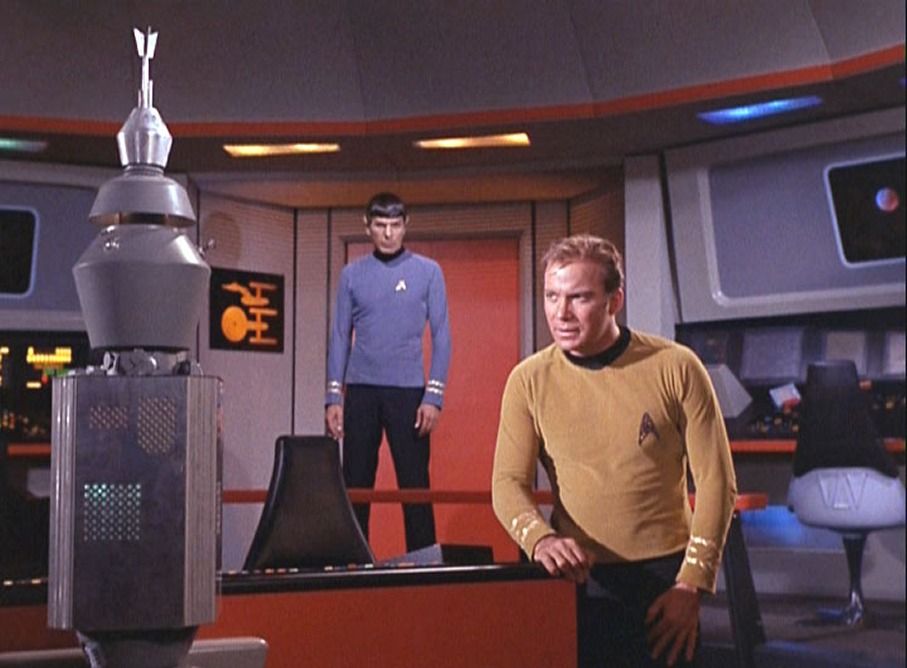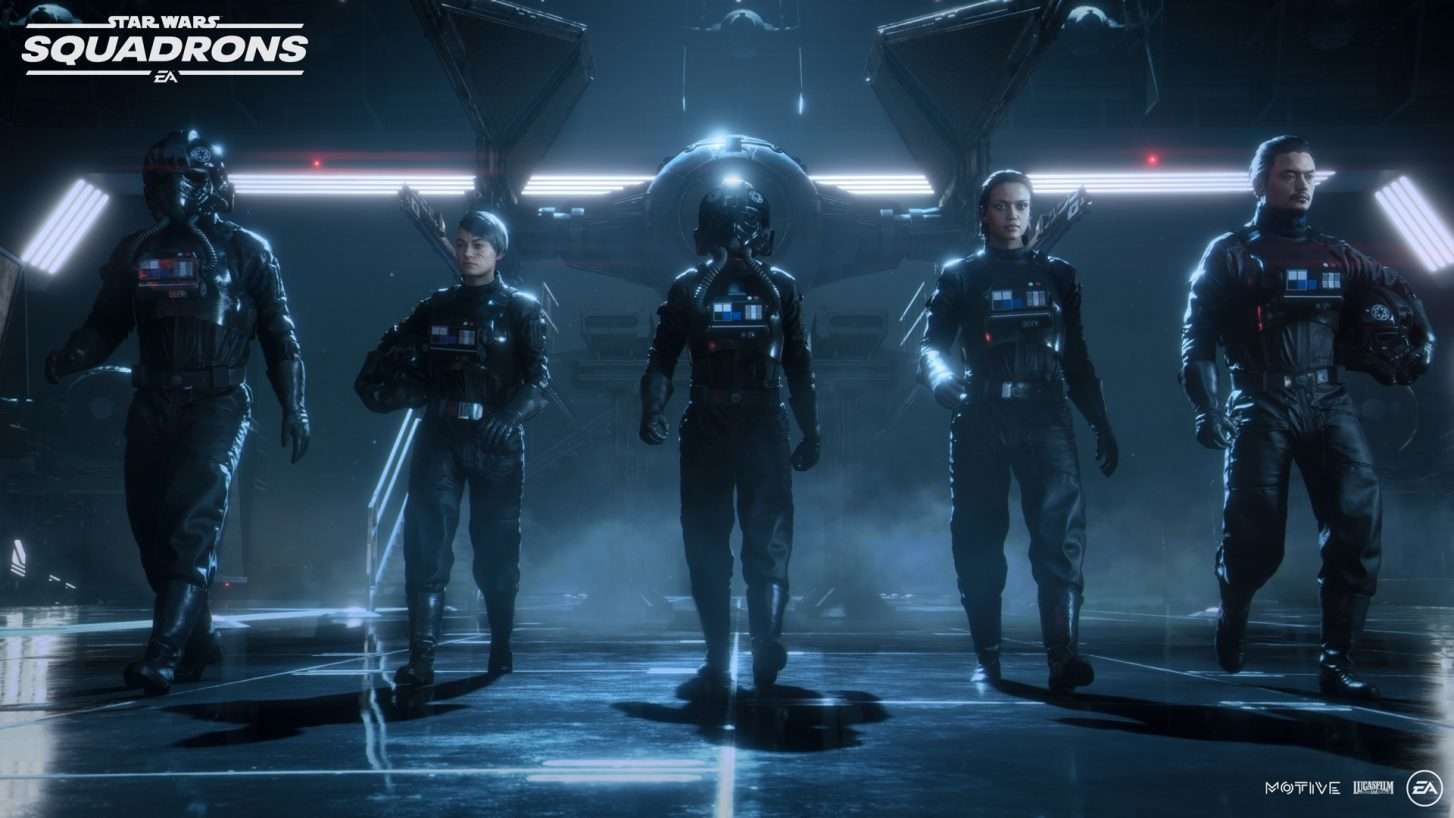Condottiere
Emperor Mongoose
Probably true, at least for the smaller 'craft.
You could stick a jump drive on a four hundred space (sic) lorry and go interstellar.
I think it becomes a question of system integration, in that vehicle or spacecraft templates or design sequences come attached with a number of assumptions in their capabilities, like sufficient structural strength to withstand high gee manoeuvres.
You could stick a jump drive on a four hundred space (sic) lorry and go interstellar.
I think it becomes a question of system integration, in that vehicle or spacecraft templates or design sequences come attached with a number of assumptions in their capabilities, like sufficient structural strength to withstand high gee manoeuvres.



